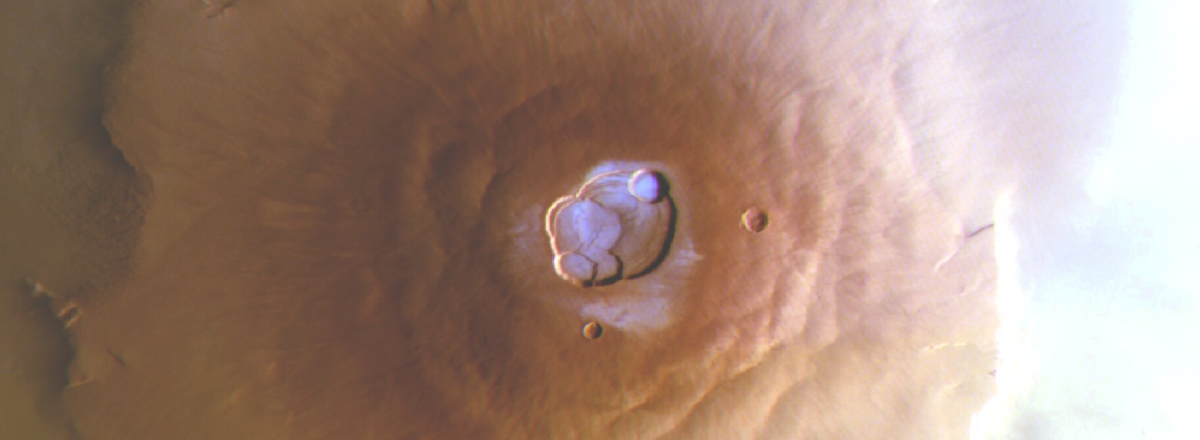Scientists Discover Frozen Water on Mars' Equator for the First Time
Researchers now aim to investigate other volcanoes on Mars for similar frost formations, which could provide further insights into the planet's geological and climatic history.

Scientists have detected frozen water on the equator of Mars, specifically within the calderas of the planet's massive volcanoes. This unprecedented find, made possible by the European Space Agency's (ESA) orbiters TGO and Mars Express, sheds new light on Martian weather processes and the planet's water cycle.
New observations from the orbiters revealed patches of morning frost within the Tharsis region, home to the tallest volcanoes in the solar system, including Olympus Mons. This discovery is significant for understanding how water is distributed and cycled between the Martian surface and atmosphere.
The frost was observed in the calderas of several large volcanoes, appearing only briefly at dawn before evaporating in the sunlight. These frost patches, though incredibly thin—about the thickness of a human hair—cover extensive areas and contain an estimated 111 million liters of water. This amount of water continuously moves between the Martian surface and its atmosphere, participating in an active circulation cycle.
The formation of frost in the calderas is facilitated by unique local conditions. Winds carry relatively moist air up the slopes of the volcanoes to their summits, where it cools and condenses, forming frost.
This new understanding of water frost at the Martian equator has significant implications for future Mars missions, particularly those involving human exploration. Knowing where and how water can be found on Mars is crucial for planning sustainable human activities on the Red Planet.
The study detailing these discoveries was published in the journal Nature Geoscience.

